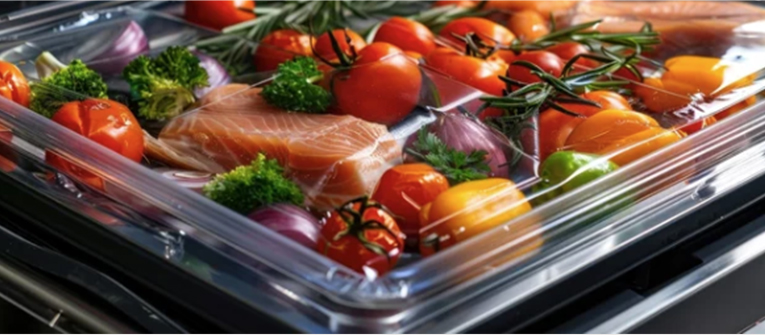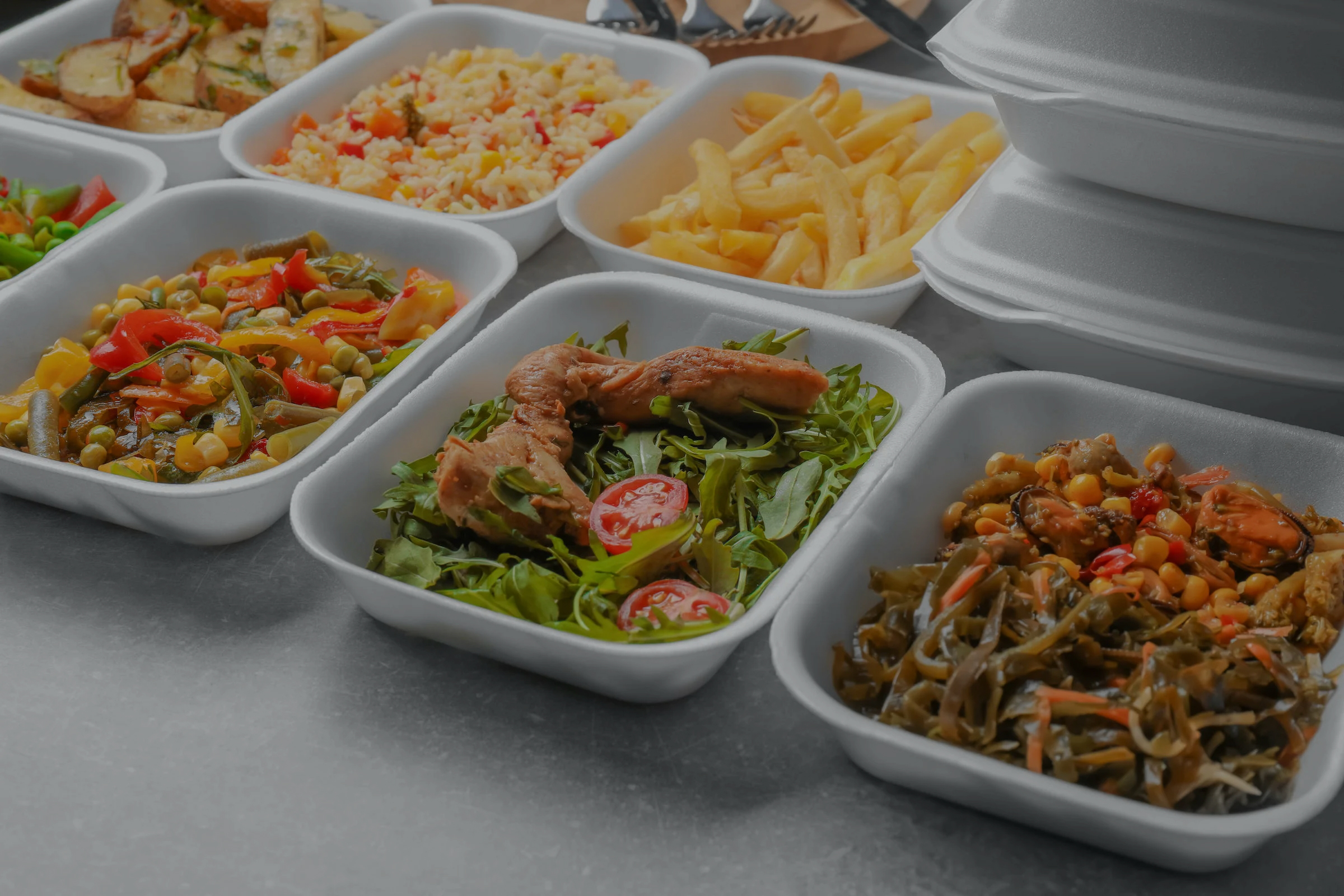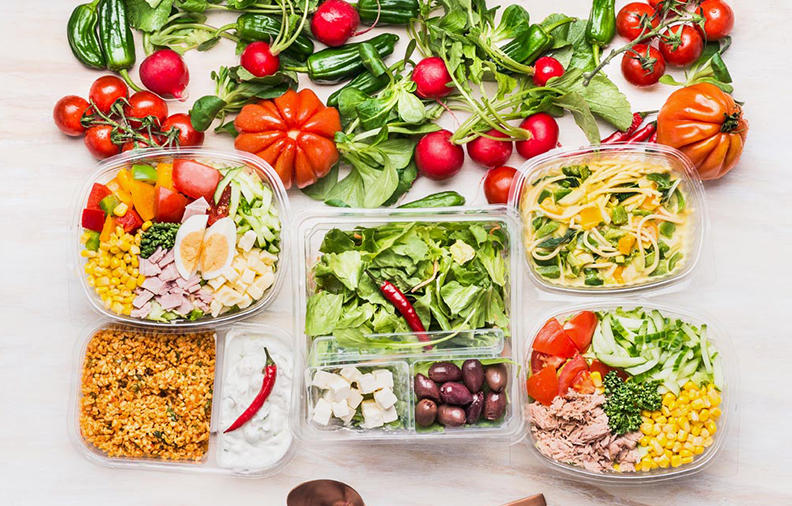Web Menu
Product Search
Exit Menu
How does the Disposable Plastic Pastry Box compare to other plastic packaging in terms of sealing capabilities and preventing leaks or contamination?
One of the primary advantages of the Disposable Plastic Pastry Box is its tight, secure seal, which is integral to ensuring that delicate pastries maintain their freshness and integrity during transportation. The box typically features a snap-lock lid or overlapping edges that create an airtight seal, preventing the ingress of moisture, dust, or any external contaminants that might degrade the product. In comparison, plastic wraps or other loosely sealed containers often fail to provide the same level of protection, especially against liquids or sticky fillings that can escape or soak through packaging. This airtight seal not only ensures the preservation of product quality but also minimizes the risk of spillage and contamination from external sources during transport, particularly when dealing with pastries like cream-filled éclairs or fruit tarts that are susceptible to leakage.
The material used in the Disposable Plastic Pastry Box is high-quality, food-grade plastic such as Polyethylene Terephthalate (PET), Polypropylene (PP), or Polystyrene (PS). These plastics are not only durable but are also non-reactive and moisture-resistant, making them ideal for protecting pastries with high moisture content. These properties significantly enhance the box’s ability to prevent leaks, as the plastics used are resistant to both moisture transmission and pressure-induced deformation. On the other hand, plastic wraps—typically made from thinner materials—offer less resistance to moisture or physical forces and are more likely to allow spills or contamination to occur, especially when used to wrap soft or delicate pastries like cupcakes or custard-filled treats.
The transparent design of the Disposable Plastic Pastry Box plays a crucial role in maintaining hygiene and product integrity. Customers or employees can visually inspect the contents of the box without needing to open it, reducing the chances of contamination or compromising the packaging’s seal. This level of visibility is especially important in bakery environments, where visual appeal plays a significant role in customer satisfaction. Unlike plastic bags or opaque containers, the transparent nature of the pastry box allows for quick, hygienic assessments of the contents, ensuring that pastries are free from damage or any signs of contamination.
The snug-fit lid design of the Disposable Plastic Pastry Box ensures that pastries remain secure and free from movement, even during transit. This design helps to prevent shifting, crushing, or squashing of pastries, a common issue with more loosely sealed packaging solutions such as plastic bags or open containers. For example, when transporting delicate pastries like cream puffs or frosted cupcakes, the secure closure of the Disposable Plastic Pastry Box prevents them from losing shape or getting damaged, which could occur if the pastries are allowed to shift around in an inadequate package. This snug fit also helps to ensure that no external contaminants enter the box, as the tight seal effectively blocks the entry of dust, dirt, or moisture that may be present in transit.
Another key benefit of the Disposable Plastic Pastry Box is its resistance to odor transfer, an often overlooked aspect of food packaging. High-quality plastics, such as PET and PP, used in pastry boxes, are non-porous and do not absorb or transfer odors from the surrounding environment. This means that fragrant pastries, such as those with chocolate, vanilla, or fruit fillings, remain unaffected by external odors that might compromise their taste or aroma. In contrast, lower-quality plastic packaging may be more prone to absorbing odors from its surroundings, which could potentially transfer to the pastries. Additionally, plastic wraps, which are typically more thin and flexible, might allow for odor infiltration from other stored items, leading to a less than optimal experience for the customer.
- The company requires rigorous, using a high starting point, trustworthy, quality, and actively develop and innovate, the pursuit of excellence route!
CONTACT US
- Tel: +86-18867945666
- E-mail: [email protected]
- Add: No.11 Huafeng Road, Anhua Community, Anhua Town, Zhuji City, Shaoxing, Zhejiang, China
GET A QUOTE
Copyright @ Donghang Polymer Material Technology Co., Ltd. All Rights Reserved.




 English
English عربى
عربى Español
Español












